Musk's Tesla Might Make It to Mars, but One Man's Factory-fresh Model S Couldn't Make It to Mom and Dad's

Palo Alto, we have a problem.
That’s essentially the message one Tesla owner had for the automaker, and one I couldn’t stop thinking about during yesterday’s excitement.
You see, on Tuesday, in a feat of technological prowess and bravado, Tesla CEO Elon Musk shot his personal Tesla Roadster into deep space by mounting it atop the final stage of the Falcon Heavy rocket — the latest and certainly greatest space vehicle constructed by Musk’s very own SpaceX.
After becoming the fourth car in space (GM built the first three for NASA’s Apollo program), and the first factory production car to leave Earth’s atmosphere, that Roadster and its dummy astronaut driver are now headed for a point beyond Mars, near the solar system’s asteroid belt. The plan is for the car to orbit the Red Planet, or maybe crash into it, who knows.
Mars is, on average, about 140 million miles from Earth.
However, Kingston, Ontario is a scant 215 miles from Cambridge, Ontario. That’s the distance one Tesla driver was attempted to span when the trip, as Margaret Thatcher would say, went pear-shaped.
The owner chronicles his first Tesla road trip (to the owner’s parents’ house for a belated Christmas dinner) in a Tesla Motors Club forum post titled “From Love to Hate in One Road Trip.”
The fateful journey began on January 27th. Having only picked up his base Model S 75D on December 18th, the owner says he was eager to show off the car’s long-distance capabilities to his kids — and especially to his doubting wife. Cambridge to Kingston is a simple run of no more than four hours, including bathroom breaks (or, for this driver, a 10-minute top-up at a Supercharger station near the halfway point).
The weather was balmy, with no snow in the forecast, and the presence of a Supercharger in Port Hope, east of Toronto, and at their Kingston destination would seem to make range anxiety and charging delays a non-issue. The car’s navigation system claimed the family would reach mom and dad’s house with 5.6 miles to spare (cutting it too close, for sure, but apparently doable for this unseasoned owner).
Unfortunately for the owner, Superchargers are only useful when the charger can connect to the car’s charge port. This situation reared its head at Port Hope, turning what was supposed to be an easy trip into a frustrating, time-consuming slog.
“I couldn’t connect to the Supercharger,” the forum member wrote. “An orange ring and a ‘could not connect’ was presented at the first stall…. and the second…. and the third… and the fourth….”
As we live in a connected society, our Tesla owner whipped out his phone and called the automaker for help. Surely there was a quick and simple solution:
I called Roadside who stated that it appeared that everything was fine with the car except that many cars with my build date have “tight charging ports” that often prevent them from connecting to the SC. It is apparently “a known issue”. He suggested wiggling it and hoping for the connection to take.
It didn’t.
After 30 mins of trying.
In the rain.
With not enough charge to get to our destination we found a public destination charger where we now sit for the next 90 mins to get enough charge to get us to Kingston. Except that we don’t have any charging solution there with the exception of a [Supercharger] which we can’t seem to connect too.
Tesla strongly suggested we take the car to a service center for repair. Which we obviously can’t – as it’s too far away, isn’t open until Monday and in the complete opposite direction. Fear note [sic] though – they’ll log the concern in my file. Crisis averted (note: that’s sarcasm – they were of no help at all).
It’s worth noting that a Tesla Model S 75D sells for $96,650 in Ontario, before the provincial government pulls 14,000 taxpayer-supplied dollars out of the coffer to lower the cost.
The model’s price, coupled with that fact it’s been in production for years, makes such a crucial fault seem laughably unlikely. However, other forum posters mention personal experience with hard-to-plug-in Teslas built in December 2017. (Jiggling the charger in the port, applying chapstick to it, and pushing with all your weight were some suggestions on how to get juice running into the battery pack.)
It’s a little concerning to see some forum members chastise the owner for not testing his vehicle at a Supercharger station (the nearest of which is an hour from his home) before setting off on his trip — an action the owner, as well as other posters, claims no one should have to do.
“My nearly six-figure electric car can’t plug in” is not a miniscule complaint that can be shrugged off with a “Well, that’s the price of being a trailblazing planet-saver. Go, Elon!”
No one purchases a new car in this day and age, for any price, and worries that the gas cap might render the car immobile. It might be the one thing a would-be owner doesn’t worry about during the car-buying process.
As for our owner, his family’s trip had only just begun. After cooling their heels at a public Level 2 (240V) plug, the family coasted into the outskirts of Kingston with 9.3 miles of range left. The car shut off the cabin lights and heat in a bid to conserve power when the “fuel gauge” showed 25 miles remaining.
Unfortunately, they were still 6.8 miles from their destination, and choose not to risk it. In another change of plans, the family spent the night at a friend’s house, trickle-charging the Tesla from a household 110V plug, before moving on to the grandparents’ home the next morning. There, they had arranged to plug their Tesla in at a nearby bed and breakfast, boosting the battery enough to get them back to the Level 2 charger in Port Hope.
During his stay in Kingston, the owner perused the replies to his post. When it came time to leave for home, he decided there was nothing to lose by making one more attempt to connect to a Supercharger. After all, there was one nearby:
After about 30 mins of trying with countless insertions I was pretty much ready to walk away. Giving all effort to push did nothing. It took two hands and bracing against the tire to remove the connection in most instances. With a resolve to try one more time I put an extreme amount of downward pressure on the charger as per the advice of one poster… and connected!
Crisis averted.
Charged for about an hour to around 375km and headed back to my family with the good news. A family breakfast – countless explanations on what the issue is and some hugs and we were on our way back.
Without enough energy to get back home a stop was required.
Back to the scene of the crime – and a stop at Port Hope.
Being an expert now on what to do I was able to secure a connection at this Supercharger – after about 20 mins of trying. Not ideal but serviceable. The trip home occurred without incident.
A happy ending to the trip, and perhaps a saved marriage, but what about this man’s relationship with his car and the company that sold it to him? The owner claims he still loves the car, though he plans to have the charge port fixed ASAP. Hopefully, an apology comes with the bill.
As for Tesla, the Ontario Model S owner isn’t letting them off the hook:
In terms of what could Tesla have done? I’m not unreasonable and the type of person who makes all sorts of silly demands. I would have been content with some empathy. I get that a service person on the phone can’t make mountains move on a Sat evening – but at least make me think you’re making an effort. I was fortunate that I’m resourceful and knowledgeable enough to come up with workarounds to make do. Had this been my wife or someone without as much EV knowledge they would have been screwed with little sympathy from the company that put them there. That’s not acceptable.
As for the Tesla fans who essentially blamed the owner’s plight on his lack of preparedness, he strikes a diplomatic tone in his response. He’d be forgiven for telling them to go to hell.
I’ve charged daily with my HPWC which uses a Tesla connector. No issues. I’ve used a couple of public chargers with the adaptors provided by Tesla with no issue. I’ve even used the mobile charger on occasion with no issue. Why would I suspect that the Supercharger would be any different? Especially given how recently my car was picked up for delivery. I get being prepared – but I think I was more than reasonable with my expectations.
Elon Musk can send a Tesla to Mars, but continuing build quality issues are still making some of his vehicles hard to drive on boring old Planet Earth. And, while Tesla fans are often the most forgiving of crowds when it comes to the company’s faults, Tesla wants mainstream society to embrace the Model 3.
Snafus like this, spread over many thousands of buyers, give conventional vehicles and the legacy automakers that build them a deserved reputation.
[Images: SpaceX, Tesla Motors]

More by Steph Willems
Latest Car Reviews
Read moreLatest Product Reviews
Read moreRecent Comments
- Ajla But no ES500h at this time? 🤔 I'd be a little surprised if they bothered to make a trim with the 2.4T or any other ICE-only version. I'm thinking a 250hp AWD hybrid will be the "ES350h". Then whatever these "e" versions are and then maybe something with the Hybridmax.
- Jeff Not so much of a Malibu fan but this is a missed opportunity by GM to make the Malibu a hybrid only and sell it at a more competitive price. This would make a perfect fleet rental car with a hybrid and priced right it would be popular with many buyers who don't want a truck, suv, or crossover but want an American made car. The tooling and dies have long been paid off just offer the hybrid and make the interior a little nicer.
- SCE to AUX This makes the Pontiac Aztek look beautiful.
- Jeff If we are worried about the Chinese spying on us and gathering information then we need to make certain specifications on vehicles imported from China that would lessen any concerns about this. I don't see how we could eliminate all information gathering especially if that vehicle has connectivity to your phone.
- ToolGuy Oh look what's this?






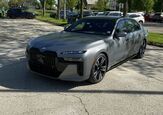











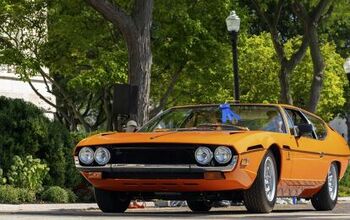

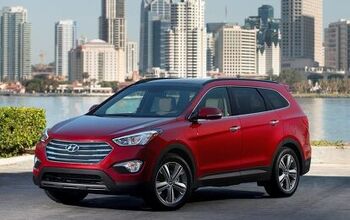
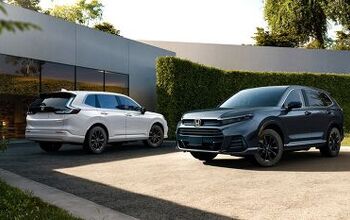
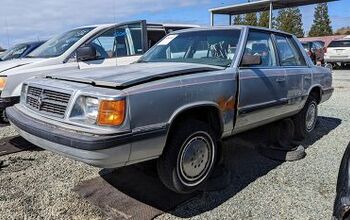

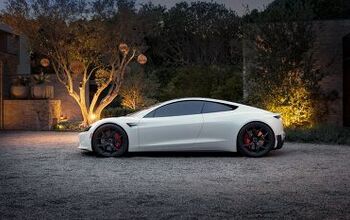
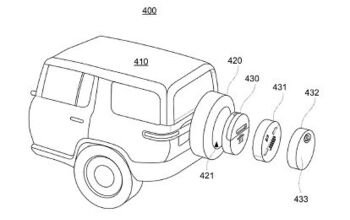
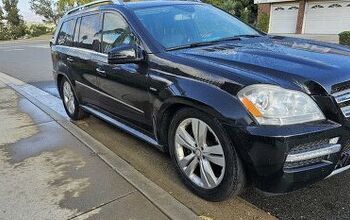
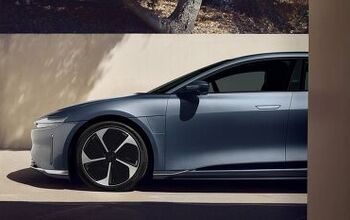
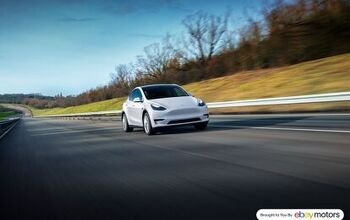
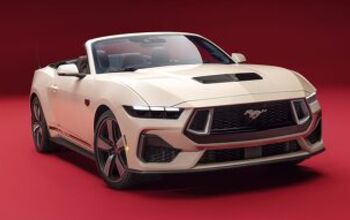
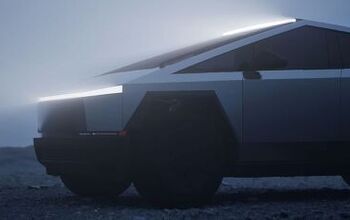
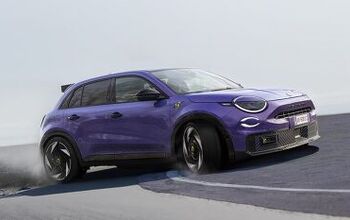
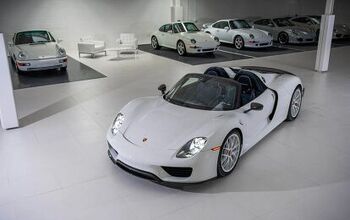
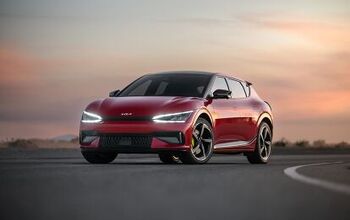
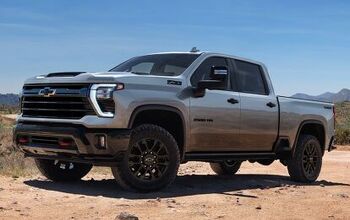

Comments
Join the conversation
Join me and go back to 1976...I just bought a brand new 1976 Oldsmobile Cutlass Supreme. I drove it off the lot and 2 miles away to the local mall. When I turned the ignition key to shut the car off I heard a metal clanking noise. The key came out , but would not go back in. No amount of jiggling the switch or wheel helped. The car was not going anywhere. I had 2 miles on the odometer. The dealer sent a flatbed to pick it up and I was given a loaner. Now , realize GM has been building cars for a few years and this ignition switch was the same one they had used for several years. My Point? Shit happens , it isn't fair and never seems to happen at a convenient time. I don't worship at the Elon Alter and chances are slim I will ever be able to afford a $100 grand automobile. After the Cutlass was "fixed" it was a wonderful car to own and I bought two more Oldsmobiles after that.
I think this problem is due to the safety issue. There are high voltages used to charge the batteries rapidly. So the Charging station checks all the connections before energizing the circuit. Probably there is communication back and forth with the car. Once the 'ping-pong' handshake is successful charging should begin. Something is not completing in this. I'm with some others who have commented, as I worked in aerospace for 15 years and saw the same, "Engineering/design says it works. What's the problem?" "Do you know how much it will cost to change that?", "Send them out that way until we get the revised part."